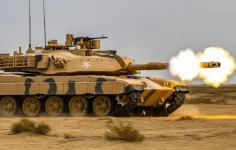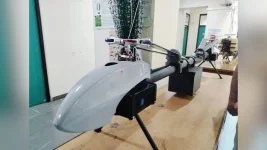- Views: 2K
- Replies: 11

A team of researchers at the Indian Institute of Technology Madras (IIT Madras), led by Lt. Gen. P.R. Shankar (Retd.), former Director General of Artillery in the Indian Army, is developing ramjet propulsion technology for the Pinaka Multi-Barrel Rocket Launcher (MBRL) system. This breakthrough could potentially triple the range of the Pinaka, a key component of India's artillery arsenal.
Currently, the Pinaka Mk II, which utilizes a high-energy composite solid-fuel rocket motor, has a maximum range of 75 kilometers. By integrating ramjet propulsion, the team aims to extend this range significantly while maintaining the system's operational flexibility.
Ramjet technology offers a distinct advantage over traditional rocket motors. As an air-breathing engine, it utilizes the vehicle's forward motion to compress incoming air for combustion, eliminating the need to carry oxidizers and increasing efficiency at high speeds. This allows for sustained thrust throughout the projectile's flight, reducing drag and enabling longer trajectories.
Lt. Gen. Shankar estimates that incorporating ramjet propulsion could extend the Pinaka's range to approximately 225 kilometers. This enhanced capability would allow the Indian Army to strike targets deep within enemy territory without needing to reposition closer to the frontlines.
However, adapting the Pinaka system for ramjet propulsion presents significant engineering challenges. Modifications to the rocket's aerodynamics and propulsion systems will be necessary. Furthermore, developing ramjet engines, while efficient, requires advanced materials and manufacturing techniques, potentially leading to increased costs.
Despite these challenges, the potential benefits of this technology for India's defence capabilities are substantial. A Pinaka MBRL with tripled range would provide a significant strategic advantage, enhancing the country's long-range precision strike capabilities.


